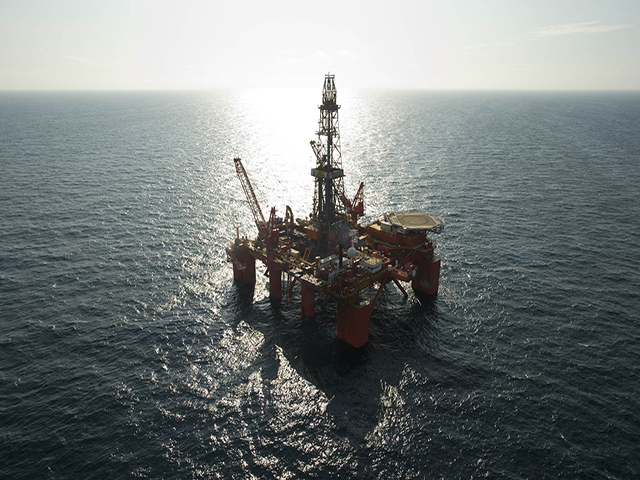
Oil and gas service firms in the east of England are being urged to pitch for business – at Aberdeen’s expense – in the dismantling of hundreds of redundant platforms and wells in the North Sea.
Baker Hughes director Julian Manning told the East of England Energy Group Decommissioning Special Interest Group new partnerships must be forged to secure work in such a competitive market.
He said: “Locally we have a wealth of skills and capabilities, and are much more cost-effective than Aberdeen.”
The east of England and its ports were perfectly placed to tackle the decommissioning task, he added.
But Bill Cattanach of the Department of Energy and Climate Change said the challenge demanded a totally fresh approach.
Decommissioning the 500-plus wells and installations in the southern North Sea alone offered an “enormous opportunity” for the local supply chain, he added.
The region must come up with cost-effective and innovative solutions to halve the costs – estimated to be anywhere between £34billion and £100billion – to tackle the “huge amount of work to be done,” he said.
Well plugging and abandonment accounts for more than half of decommissioning costs, but only a small number of companies can carry out the specialised work.
Mr Cattanach said: “We need to find a completely new way of looking at it and true collaboration.
“I would like to think I could get some traction here and get a campaign running by the end of the year.
“We have to bring the cost down. We need to look at whether everything needs to be removed, how much can be left behind and we need to look at regulations.”
He added: “If there is an engineering company that has a new engineering scheme for decommissioning, we would like to hear from them.”
The predicted costs of decommissioning were not sustainable, he said, adding it was “dead money” for operators.
Taxpayers are footing the bill for 60% of decommissioning costs on average, so the drive by east England firms must focus on innovative low-cost solutions to plug and abandon (P&A) wells to a common standard, he said.
Mr Cattanach also recommended firms tackle groups of wells instead of a nore expensive one-well approach.
The chief executives of major North Sea operators have already been challenged to produce a common standard for well decommissioning of wells, he said, adding just 6% of old infrastucture had been removed from the North Sea so far and there was a “huge amount of work to be done”.
He said: “In the future, we need to look more widely and more innovatively, and look at specialist decommissioning companies coming in to take over assets and remove them.”
Liability also needed to be considered, he said, adding: “Whose responsibility is it if something goes wrong 10, 20, 30 years in the future with the P&A, who is responsible?”
Mr Cattanach said new approaches to be considered could include wells approaching the end of their life being transferred to new owners, who would decommission.
“A company could come in after 90% of production is done to finish the field and decommission,” he said, adding: “I do think that the time is right now to change to new models and we have the wells out there with no future value and need to be P&A’d.”
Read more oil and gas news here.
Recommended for you
